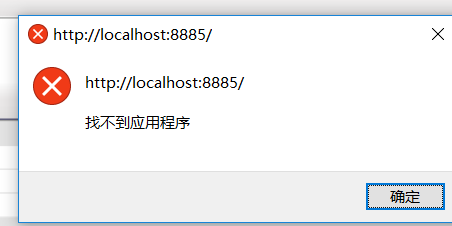可以将文章内容翻译成中文,广告屏蔽插件可能会导致该功能失效(如失效,请关闭广告屏蔽插件后再试):
问题:
I want to set background drawable of a view. There are two methods for this (as far as I see): setBackground and setBackgroundDrawable.
When I use setBackground, it says it has been added in API level 16 but my project\'s min SDK version is 7. I assume it\'s not going to work on anything below 16, am I right? But when I use setBackgroundDrawable, it says it\'s deprecated.
What am I supposed to use?
回答1:
It\'s deprecated but it still works so you could just use it. But if you want to be completly correct, just for the completeness of it... You\'d do something like following:
int sdk = android.os.Build.VERSION.SDK_INT;
if(sdk < android.os.Build.VERSION_CODES.JELLY_BEAN) {
setBackgroundDrawable();
} else {
setBackground();
}
For this to work you need to set buildTarget api 16 and min build to 7 or something similar.
回答2:
You can use setBackgroundResource() instead which is in API level 1.
回答3:
seems that currently there is no difference between the 2 functions, as shown on the source code (credit to this post) :
public void setBackground(Drawable background) {
//noinspection deprecation
setBackgroundDrawable(background);
}
@Deprecated
public void setBackgroundDrawable(Drawable background) { ... }
so it\'s just a naming decision, similar to the one with fill-parent vs match-parent .
回答4:
i know this is an old question but i have a similar situation ,and my solution was
button.setBackgroundResource( R.drawable.ic_button );
Drawable d = button.getBackground();
and then you can play with the \"Drawable\", applying color filters, etc
回答5:
Use ViewCompat.setBackground(view, background);
回答6:
you could use setBackgroundResource() instead i.e. relativeLayout.setBackgroundResource(R.drawable.back);
this works for me.
回答7:
Using Android studio 1.5.1 i got the following warnings:
Call requires API level 16 (current min is 9): android.view.View#setBackground
and the complaints about deprecation
\'setBackgroundDrawable(android.graphics.drawable.Drawable)\' is deprecated
Using this format, i got rid of both:
if (android.os.Build.VERSION.SDK_INT < android.os.Build.VERSION_CODES.JELLY_BEAN) {
//noinspection deprecation
layout.setBackgroundDrawable(drawable);
} else {
layout.setBackground(drawable);
}
回答8:
Now you can use either of those options. And it is going to work in any case.
Your color can be a HEX code, like this:
myView.setBackgroundResource(ContextCompat.getColor(context, Color.parseColor(\"#FFFFFF\")));
A color resource, like this:
myView.setBackgroundResource(ContextCompat.getColor(context,R.color.blue_background));
Or a custom xml resource, like so:
myView.setBackgroundResource(R.drawable.my_custom_background);
Hope it helps!
回答9:
Use setBackgroundResource(R.drawable.xml/png)
回答10:
This works for me: View view is your editText, spinner...etc. And int drawable is your drawable route example (R.drawable.yourDrawable)
public void verifyDrawable (View view, int drawable){
int sdk = Build.VERSION.SDK_INT;
if(sdk < Build.VERSION_CODES.JELLY_BEAN) {
view.setBackgroundDrawable(
ContextCompat.getDrawable(getContext(),drawable));
} else if (Build.VERSION.SDK_INT >= Build.VERSION_CODES.JELLY_BEAN) {
view.setBackground(getResources().getDrawable(drawable));
}
}
回答11:
I also had this problem, but I made a workaround using a ImageView.
Try using a RelativeLayout and add a ImageView inside it (width and height: fill_parent, scaleType: center).
Also make sure the imageview is the first element inside the RelativeLayout, so it will act as background.
回答12:
You can also do this:
try {
myView.getClass().getMethod(android.os.Build.VERSION.SDK_INT >= 16 ? \"setBackground\" : \"setBackgroundDrawable\", Drawable.class).invoke(myView, myBackgroundDrawable);
} catch (Exception ex) {
// do nothing
}
EDIT: Just as pointed out by @BlazejCzapp it is preferable to avoid using reflection if you can manage to solve the problem without it. I had a use case where I was unable to solve without reflection but that is not case above. For more information please take a look at http://docs.oracle.com/javase/tutorial/reflect/index.html


